 Wiley Lynching Article
Wiley Lynching Article
Time Period: Post-Reconstruction through the Gilded Age (1875 - 1900) - Starting with W
 Wiley Lynching Article
Wiley Lynching Article
Wiley, Bill (Lynching of)
William H. Grey Gravesite
William L. Terry House
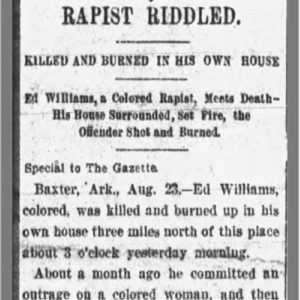 Edward Williams Lynching Article
Edward Williams Lynching Article
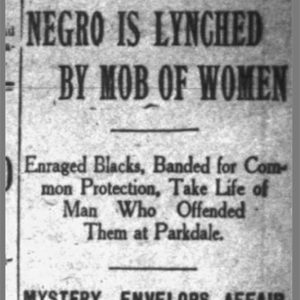 Ernest Williams Lynching Article
Ernest Williams Lynching Article
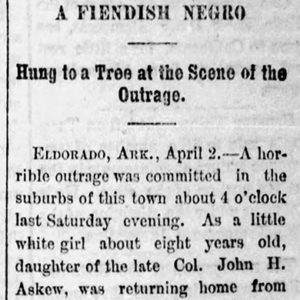 Albert Williams Lynching Article
Albert Williams Lynching Article
Williams, Albert (Lynching of)
Williams, Edward (Reported Lynching of)
Williams, Robert (Execution of)
 William W. Wilshire
William W. Wilshire
Wilshire, William Wallace
 Tom Wilson Lynching Article
Tom Wilson Lynching Article
Wilson, Tom (Lynching of)
Winslow Tunnel
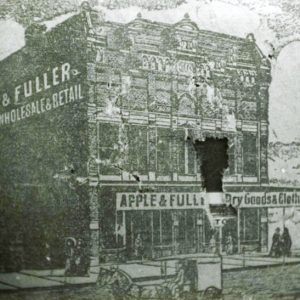 Witcherville Retailer
Witcherville Retailer
Woman’s Chronicle
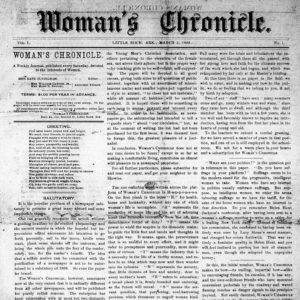 Woman's Chronicle
Woman's Chronicle
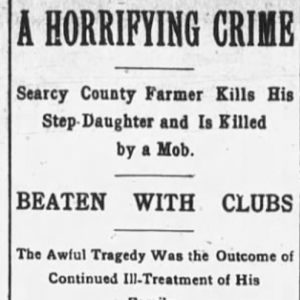 Woodward Lynching Editorial
Woodward Lynching Editorial
 William Woodyard
William Woodyard
World’s Fairs, Arkansas’s Exhibitions at the
 Worm Cure Ad
Worm Cure Ad
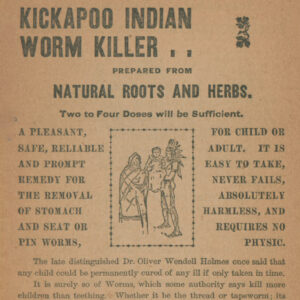 Worm Killer Ad
Worm Killer Ad
Worthen, William Booker (W. B.)
Wright, Charles (Execution of)
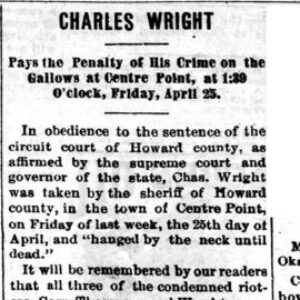 Charles Wright Execution Story
Charles Wright Execution Story
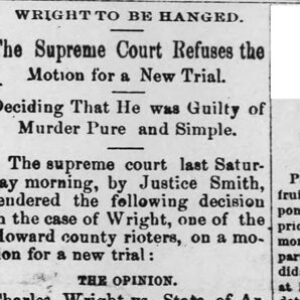 Charles Wright Execution Story
Charles Wright Execution Story
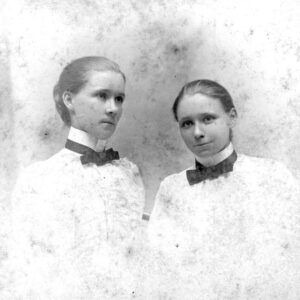 Wyatt Sisters
Wyatt Sisters
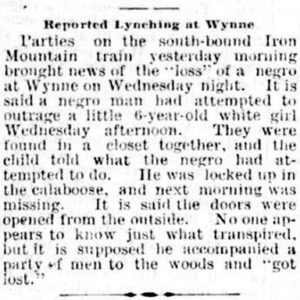 Wynne Lynching Article
Wynne Lynching Article




